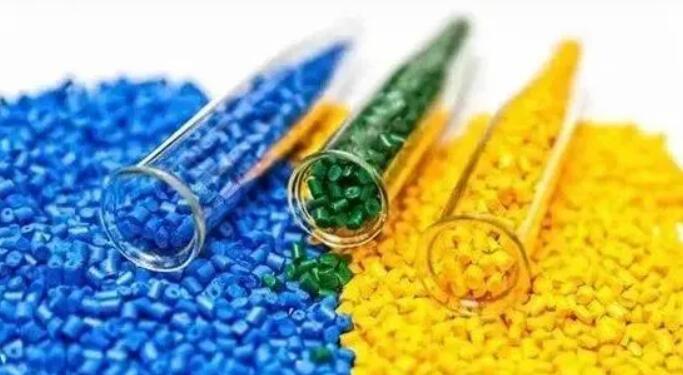Summary of 11 common plastic additives
Plastic additives are crucial for enhancing the properties of plastics, making them suitable for a wide range of applications. Here is a summary of 11 common plastic additives, highlighting their functions and benefits:

1. Plasticizers
- Function: Increase flexibility, workability, and elasticity of plastics.
- Common Use: PVC products such as cables, flooring, and medical devices.
- Examples: Phthalates, adipates, and bio-based plasticizers like epoxidized soybean oil (ESBO).
2. Stabilizers
- Function: Protect plastics from degradation due to heat, UV light, and oxidation.
- Common Use: Outdoor products, automotive parts, and construction materials.
- Examples: UV stabilizers (benzotriazoles), antioxidants (phenolic stabilizers), and heat stabilizers (lead compounds, organotin).
3. Flame Retardants
- Function: Reduce the flammability of plastics.
- Common Use: Electronics, building materials, and textiles.
- Examples: Brominated flame retardants, phosphorus-based flame retardants, and mineral flame retardants like aluminum hydroxide.
4. Antioxidants
- Function: Prevent oxidative degradation during processing and usage.
- Common Use: Polyolefins, rubber, and synthetic fibers.
- Examples: Primary antioxidants (hindered phenols) and secondary antioxidants (phosphites).
5. Antimicrobials
- Function: Inhibit the growth of bacteria, fungi, and algae.
- Common Use: Food packaging, medical devices, and textiles.
- Examples: Triclosan, silver ions, and isothiazolinones.
6. Colorants
- Function: Add or modify the color of plastics.
- Common Use: Consumer goods, packaging, and automotive parts.
- Examples: Organic dyes, pigments (titanium dioxide, carbon black), and masterbatches.
7. Antistatic Agents
- Function: Reduce static electricity build-up on plastic surfaces.
- Common Use: Packaging, electronics, and automotive interiors.
- Examples: Quaternary ammonium compounds, phosphate esters, and fatty acid esters.
8. Fillers
- Function: Enhance mechanical properties, reduce cost, and improve processing.
- Common Use: Automotive components, construction materials, and consumer products.
- Examples: Calcium carbonate, talc, and glass fibers.
9. Blowing Agents
- Function: Create a cellular structure through gas generation, reducing density and improving insulation.
- Common Use: Foam products like insulation, packaging, and cushioning.
- Examples: Chemical blowing agents (azodicarbonamide) and physical blowing agents (carbon dioxide).
10. Impact Modifiers
- Function: Enhance the impact strength and toughness of plastics.
- Common Use: Automotive parts, construction materials, and packaging.
- Examples: Acrylic impact modifiers, MBS (methacrylate-butadiene-styrene), and CPE (chlorinated polyethylene).
11. Processing Aids
- Function: Improve the processability and surface finish of plastics.
- Common Use: PVC, polyethylene, and polypropylene.
- Examples: Lubricants (calcium stearate), flow promoters (acrylic processing aids), and dispersants.
Conclusion
These additives play a vital role in enhancing the functionality, durability, and usability of plastic products across various industries. The choice of additive depends on the specific requirements of the application, including regulatory considerations and environmental impact.
-
What should I pay attention to when choosing a suitable plasticizer?
-
What is the difference between DOP and DOTP?
-
Things to note when choosing plasticizers
-
Where are PVC plasticizers widely used?
-
What are the ingredients of environmentally friendly plasticizers?
-
What are the characteristics of ESBO?